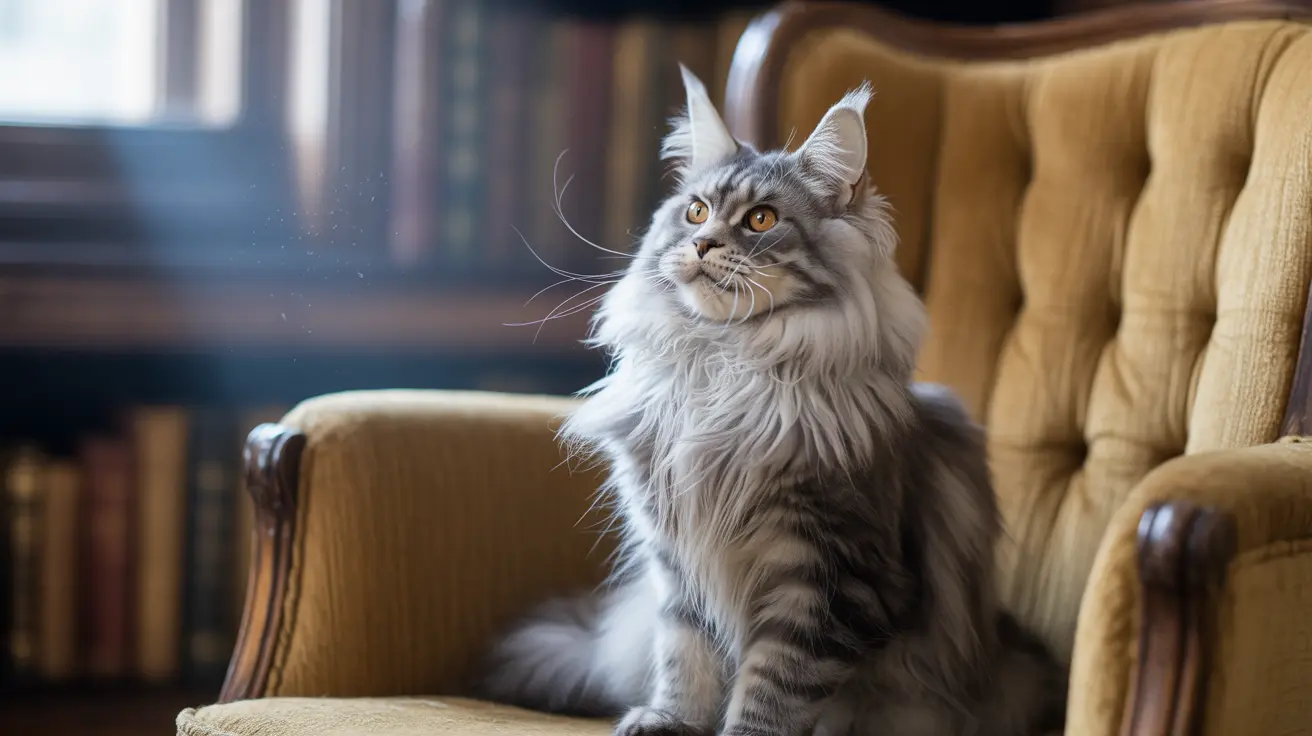Cat whiskers are fascinating sensory organs that play a crucial role in how our feline friends navigate and understand their environment. While many cat owners wonder about the sensitivity of these distinctive features, it's important to understand exactly how cats experience sensations through their whiskers and what constitutes normal versus harmful stimulation.
In this comprehensive guide, we'll explore the intricate world of cat whiskers, including their structure, function, and sensitivity levels. We'll also address common concerns about whisker care and discuss how to ensure your cat's comfort while respecting these vital sensory tools.
The Fascinating Structure of Cat Whiskers
Cat whiskers, scientifically known as vibrissae, are specialized sensory organs that differ significantly from regular cat fur. These thick, stiff hairs are rooted three times deeper than normal fur and are surrounded by highly sensitive nerve endings and blood vessels at their base.
Each whisker follicle contains proprioceptors, specialized sensory cells that help cats understand their position in space and maintain their legendary balance. This sophisticated sensory system makes whiskers as sensitive as human fingertips in detecting environmental changes.
How Cats Experience Whisker Sensations
Contrary to common belief, cats don't actually feel pain in the whisker itself. The whisker shaft, like human hair, contains no nerve endings. However, the follicle at the base of each whisker is extremely sensitive and packed with nerve endings that transmit detailed sensory information to the cat's brain.
When whiskers touch objects or detect air movements, they bend slightly, stimulating these nerve endings. This helps cats gather crucial information about their surroundings, including:
- Distance and spatial awareness
- Object detection in darkness
- Wind direction and speed
- Prey movement detection
- Space measurement for safe passage
Understanding Whisker Stress and Discomfort
While cats don't feel pain directly in their whiskers, they can experience discomfort through whisker stress or fatigue. This typically occurs when whiskers are repeatedly forced to contact surfaces, such as the sides of deep food bowls.
Signs of whisker stress include:
- Reluctance to eat from deep bowls
- Scooping food onto the floor before eating
- Showing signs of anxiety during feeding time
- Approaching food bowls cautiously or hesitantly
Protecting Your Cat's Whiskers
To ensure your cat's comfort and maintain their essential sensory system, follow these important guidelines:
- Never trim or cut whiskers
- Use wide, shallow food and water bowls
- Avoid excessive touching or pulling of whiskers
- Monitor whisker position for signs of stress or illness
Frequently Asked Questions
Can cats actually feel sensations through their whiskers or do whiskers have nerve endings?
Cats don't feel sensations through the whisker itself, but the follicle at the base contains numerous nerve endings that detect movement and pressure. These nerve endings transmit detailed sensory information to the cat's brain.
What happens if a cat's whiskers are cut, trimmed, or pulled out—does it cause pain or distress?
Cutting whiskers doesn't cause direct pain but can seriously disorient cats and cause psychological distress. Pulling whiskers is painful because it stimulates the sensitive nerve-filled follicles. Whiskers should never be cut or pulled.
How do cat whiskers help them navigate and judge if they fit through tight spaces?
Cat whiskers are approximately as wide as the cat's body. When whiskers touch objects, they send spatial information to the brain, helping cats determine if they can fit through openings without getting stuck.
What is whisker fatigue in cats, and how can I prevent it during feeding time?
Whisker fatigue occurs when whiskers are repeatedly stimulated by contact with objects like deep food bowls. Prevent it by using wide, shallow dishes that don't force whiskers to touch the sides while eating.
Why do cats move or position their whiskers differently depending on their mood or environment?
Cats move their whiskers to express emotions and gather environmental information. Forward-pointing whiskers often indicate curiosity or excitement, while pulled-back whiskers may signal fear or aggression.
Conclusion
While cats don't feel pain directly in their whiskers, these remarkable sensory organs are crucial for their daily navigation and environmental awareness. Understanding how whiskers function helps cat owners provide better care and respect these essential feline features. By avoiding whisker interference and providing appropriate feeding solutions, we can ensure our cats remain comfortable and confident in their environment.






